Forehead reduction in Iran
- Duration: 1 – 2 hours
- Total Stay: 7 Days
- Anesthesia: General
- Clinic Stay: 1 Day
- Recovery: 1 – 2 months
Forehead reduction Steps by Steps
Get informed guidance every step of the way – each step of the process, from initial inquiry to postsurgical care, is mapped out in detail so you know what to expect.
How much is forehead reduction cost in Iran?
Forehead reduction surgery ranges from $2,000 to $5,000 in Iran. As part of this all-inclusive pricing, the surgeon, hospitalization, anesthesia, and postoperative care are covered. Iran offers significant savings over comparable procedures in Western nations. This is mainly due to the low cost of living in Iran, which allows surgeons to charge lower fees. Additionally, the Iranian healthcare system is well-developed and can provide quality care at a fraction of the price. Therefore, it is no surprise that more and more individuals are turning to Iran for forehead reduction surgery.
The Best Iranian Surgeons for Forehead Reduction:
Our team of highly skilled plastic surgeons specializes in forehead reduction techniques with precision and finesse. We carefully evaluate and select each surgeon to ensure the highest quality of service for our patients.

Our Hotels
International care, local comfort
Accommodation is one of the services that Iran health agency provides for its clients. we are here to book hotel, hostel or recovery house according to your budget, hospital and clinic location.
to meet your comfort needs Booking of the accommodation is done in advance. After airport pick-up you will directly be transferred to hotel so it helps a lot to save your time.
Reviews
Forehead reduction surgery in Iran
Long foreheads are usually caused by genetic factors, hair loss and cosmetic procedures. Some people are not happy with their long forehead. Therefore, there is a way to shorten the forehead or reduce the hairline to achieve the desired face.
The method of reducing the forehead without hair transplant in Iran is also known as Frontoplasty. The result of this method is faster than hair transplantation.
Forehead reduction surgery, also known as hairline lowering surgery, hairline advancement surgery, forehead shortening, scalp advancement surgery or foreheadplasty, is performed to reduce the size of a long forehead horizontally. This procedure is done by removing a part of the forehead skin.

Who is a good candidate for Forehead lowering surgery?
Good candidates for forehead reduction surgery are women with high natural hairline or large forehead who otherwise have thick hair and no personal or family history of hair loss. Men who have long hair or a large forehead can also be a good candidate for forehead reduction if they have thick hairline and no personal or family history of hair loss.

Some tips to contribute you prepare for Hairline Lowering Surgery:
1.Tell your surgeon your complete medical history. It is important to tell your surgeon if you suffer from eye-related conditions such as glaucoma, dry eye or retinal detachment. Other medical conditions such as high blood pressure, a history of keloid scars or circulatory disorders should also be discussed with your surgeon.
2.Let’s your surgeon know of any previous cosmetic surgery you have performed
3.Explain for your surgeon about all the medicines you are taking. You will be instructed to stop taking aspirin and anti-inflammatory drugs such as Advil a few weeks before surgery to minimize bleeding and bruising.
4.Your surgeon will also give you a list of over-the-counter medications or supplements to avoid. Some natural medicines and vitamins may increase bleeding.
5.Avoid alcohol and salty foods to reduce fluid retention and swelling in the week leading up to surgery.
6.Quit smoking at least one month before surgery. Smoking can have a detrimental effect on your recovery from surgery and in some cases can even cause tissue death (necrosis).
Stages of forehead reduction surgery in Iran
Forehead reduction is usually performed under general anesthesia or local anesthesia to reduce pain and bleeding.
First, the hairline and the area of the forehead that is to be removed must be identified. At this stage, great care is taken not to damage the hair nerves.
The entire forehead should be anesthetized using a local anesthetic that covers the hairline up to the eyebrows.
The surgeon makes an incision along the marked area, separates the skin and underlying connective tissue, and removes the marked area. It may be between 1.5 and 3 cm.
The top edge of the cut is pulled down along the hairline and attached to the bottom edge of the incision to shorten the forehead.
In this method, the forehead is always shortened, stiff eyebrows are not necessarily lifted.
This procedure may take between 1 and 5 hours, depending on the type of operation and the patient’s condition.
After forehead reduction surgery (recovery stage)
1.Most people may return home in a few hours of after surgery.
2.Ten days after the operation, you should see a doctor to remove the stitches.
3.Fine hair loss may occur naturally 2 to 4 weeks after surgery.
4.Regular checkups are mandatory between 2 and 4 weeks after surgery.
5.Bruising and swelling will continue for up to a week. But they will improve in the second week.
6.In the third month, the incision may still be red.
7.After six months, the incision is completely treated and difficult to see.
8.After 12 months, you will feel completely normal.
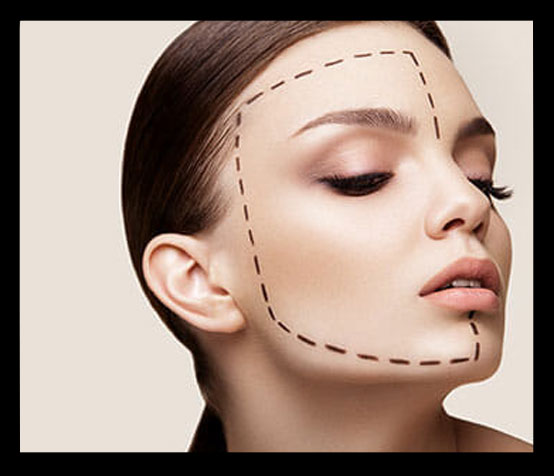
Hairline Reduction Surgery Risks and complications
Like any surgical procedure, forehead reduction surgery has its risks. Communicating honestly with your surgeon about your medical history or any factors that may complicate your surgery or recovery can help reduce your risks and maximize your results.
Be sure to follow your surgeon’s advice as carefully as possible before and after surgery: he or she will provide instructions to help you prepare safely for surgery and then recover quickly.
However, some of the complications that may occur as a result of forehead surgery include:
Infection as a result of poor scar therapy
Bleeding
Numbness at the incision and in front of the scalp until the nerves regrow. Few patients may experience permanent anesthesia.
4.Accumulation of fluid at the wound site (seroma)
5.Facial asymmetry (this condition usually corrects itself as therapy advances)
Visible scars (in rare cases where this happens, hair transplants can hide the scars).
7.People with darker skin tones may have lighter scars that do not go away easily.
8.Bruising that may spread to the eyes (bruising usually subsides within a few days).
Hair loss around the wound: It may be temporary or permanent.
10.Loss of movement and expression in the forehead. This loss of mobility may be temporary, but in some cases it can be permanent.
Secondary surgery may be necessary.One study found that in 85.5% of patients, the scar was barely visible or not visible at all. In addition, postoperative alopecia was observed in only two cases.

Recovery and care after forehead reduction surgery in Iran
After forehead reduction operation, there is at least moderate swelling in the forehead and scalp and sometimes around the eyes or cheeks. Most swelling decreases in the first few days and disappears completely in the first few weeks after forehead reduction surgery. Loss of sensation OR numbness should be expected around and just behind the hairline. This is temporary and is expected to vanish within a few first weeks to the first few months. Many patients are treated enough to return to work after a few days and can use a scarf or large hat to cover the performed area.
To accelerate the recovery process, you should consider the following advices after forehead reduction surgery:
1.Do not wash your hair for at least two days after forehead reduction surgery.
2.Do not engage in heavy activities such as swimming or running for at least two weeks.
3.Do not lift heavy objects.
4.Apply ice to any area that is swelling or burning because of forehead reduction surgery. You can even take prescribed pain medication and ask your doctor for postoperative care instructions.
5.Do not smoke or drink alcohol for a week before or one week after surgery because it decreases the recovery process
It is also realistic to expect surgery to have side effects such as swelling, bleeding, and mild pain around the treated area that subsi
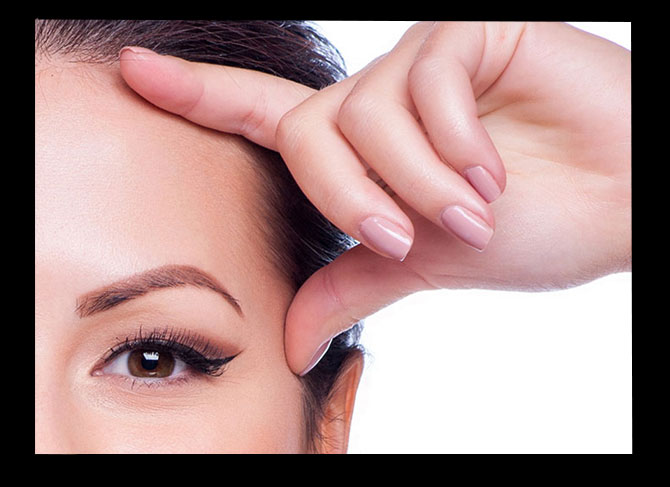
What are the reasonable expectations after forehead reduction?
The goal of plastic surgeries is primarily to improve patients’ bodies to make them look more attractive. Therefore, most expectations for a person undergoing plastic surgery, such as forehead reduction surgery, are unrealistic.
The most reasonable expectation you can have from forehead reduction surgery is the “postoperative” look. In general, skin removal can lower the hairline by up to 5 cm, while the hairline can be lowered by more than 6 cm. Looking at postoperative photographs can often be misleading and deceptive since it gives a one-dimensional perspective of the surgery. To evade being influenced by images, talk to patients who have had surgery.
Whereas forehead reduction surgery is useful for those with large foreheads, if you are prone to scarring, you should not do it. Surgery results in a long scar along the hairline, and if you have a scar or if your skin does not heal easily from the scar, you should reconsider the procedure.

Does forehead reduction result in scarring?
Scarring is inevitable in a forehead reduction procedure that involves surgery. However, the degree of scar visibility depends on various factors, including the patient’s skin tendency to scar (skin color, skin texture, etc.), postoperative precautions, and the surgeon’s skill. After suturing the skin, there is a 7 to 10-day healing period during which the patient needs extra care to prevent the scar from becoming more prominent. With proper care, scars can decrease in 6-12 months.
Choosing the right doctor who has sufficient skills and experience is essential. Qualified and adept surgeons can ensure that scars are less visible.

How is forehead reduction surgery performed in Iran?
Forehead reduction is a surgical operation for men and women who have large foreheads or whose hairlines recede. In general, there are two ways to reduce forehead:
1.Scalp advancement surgery
The surgery begins with an incision in the front of the hairline and, if necessary, in the temples. The scalp tissue is then lifted and gently pulled down to lower the hairline. In this way, the surgeon removes a part of the forehead and shortens it to 2 inches (5 cm).
2.Hair transplantation
This method is recommended when significant hair loss has occurred on the front of the head. In this case, a hair transplant is done to move the hair from the donor area, which is usually the back or sides of the head, to the front of the head. This lowers the hairline and thus reduces the height of the forehead.
The two methods are usually combined, and hair transplants are performed as the second step in the advancement of the scalp. This cosmetic surgery is usually conducted under general anesthesia.
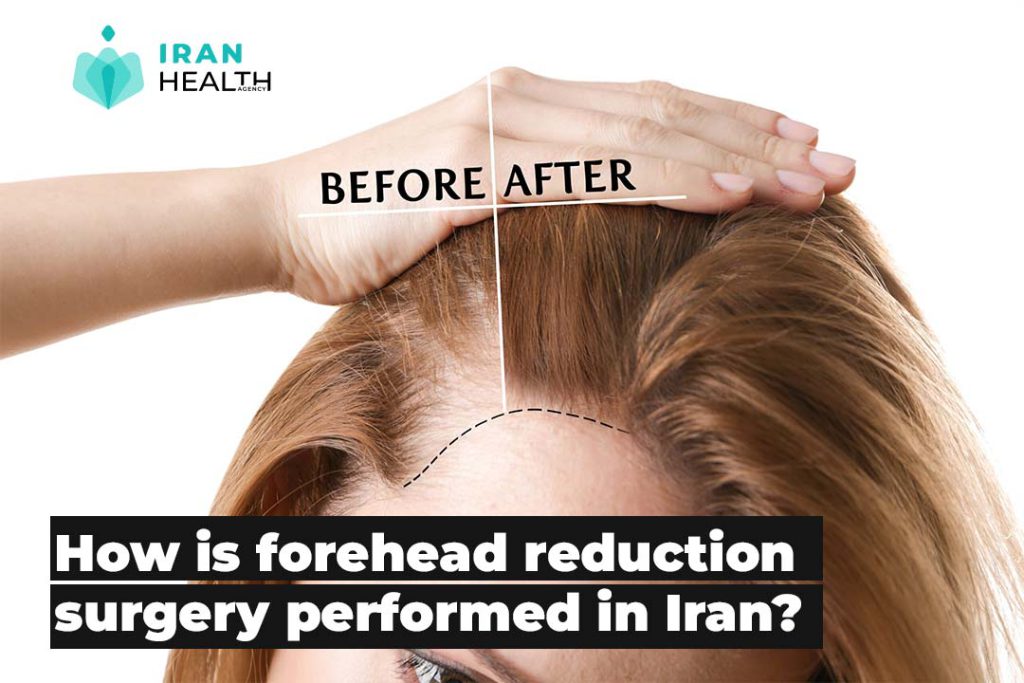
Which factors should forehead reduction surgeons have?
Which factors should forehead reduction surgeons have?
1.Experience
Due to the large number of operations performed, they acquire a high level of knowledge and skills that make them very popular all over the world.
2.Skill in a variety types of forehead reduction surgery
It is very important that your surgeon specializes in different types of forehead reduction surgery.
Depending on the complexity of the surgery, the forehead lowering operation takes about 1.5 to 2 hours. A maximum of one-night hospital stay after surgery may be required. In some cases, the patient is discharged on the same day of surgery.

Reasons for performing forehead reduction surgery in Iran
There are countless reasons why Iran is the right place for your forehead reduction surgery. Here are three main reasons
1.Highly experienced surgeons
Iran is one of the top 10 countries in the world in terms of the number of plastic surgeries.
What sets this country apart from other countries is the large number of experienced plastic surgeons, who focus mainly on patient satisfaction. Iranian surgeons perform the most complex surgeries in the world by attending prestigious medical universities in Iran and all around the world.
2.Modern hospitals and clinics on par with international standards
Despite what you might think of Iran’s healthcare system, including the quality of hospitals and medical facilities, the country is equipped with modern private hospitals and first-class facilities. Walking in a private hospital in Iran, you will feel that you have stepped into a luxury hotel instead of a hospital.
There are also specialized hair correction clinics in Iran. Iranian beauty clinics in big cities such as Tehran, Mashhad, Shiraz, etc. are ready to provide forehead reduction services to foreign patients by providing advice to potential candidates and offering available options and even alternative options for forehead reduction surgeries.
3.Reasonable price
If you knew you could do the same thing in another country with the same quality, but at a much lower price, would you do it? In Iran, medical / cosmetic procedures are 50 to 70 percent cheaper than what you pay in other countries.

Feminine Forehead: Transgender Brow Bone and Forehead Reduction
For a delicate, feminine profile, many transgender women seek a reduction of the forehead and brow bone. Our specialists use a range of techniques such as surgical burring, bone contouring and even forehead repositioning to help create a shortened, rounded forehead that complements softer facial features. This feminizing procedure is an important part of transitioning for some members of the transgender community.
you can see: transgender cost in iran




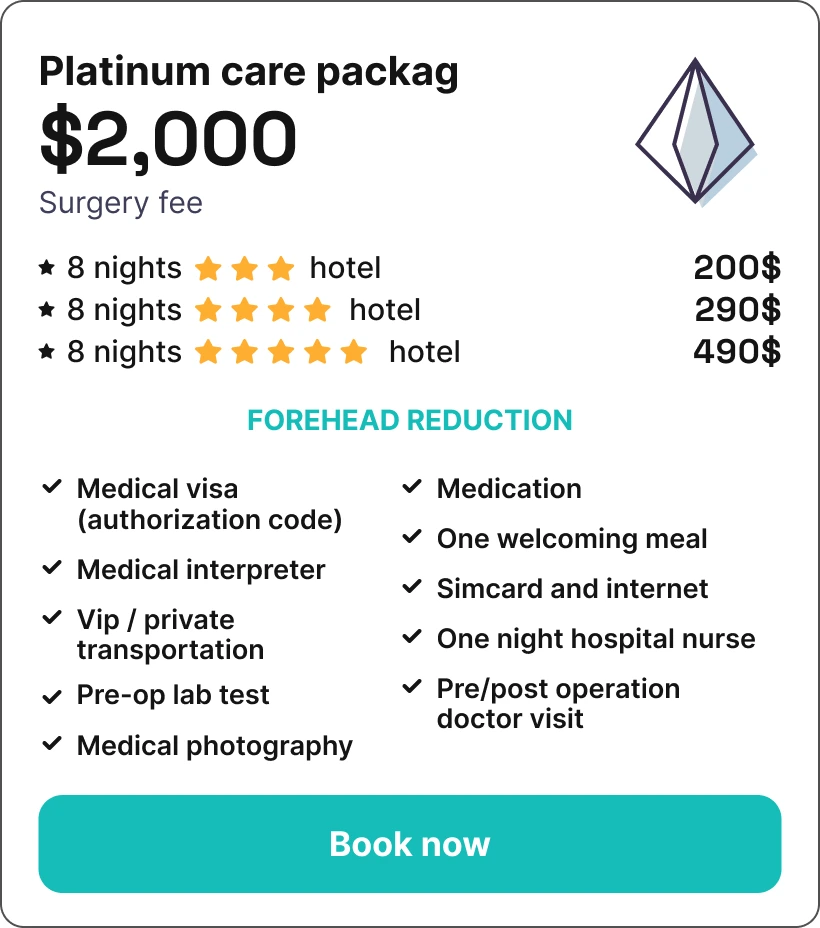
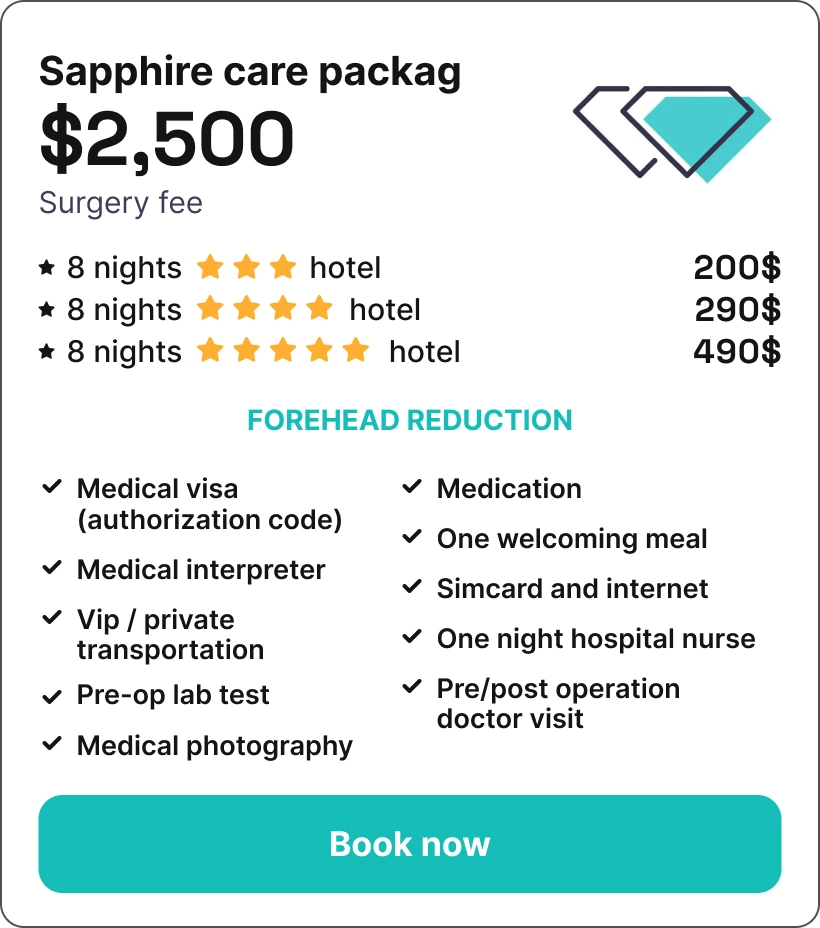
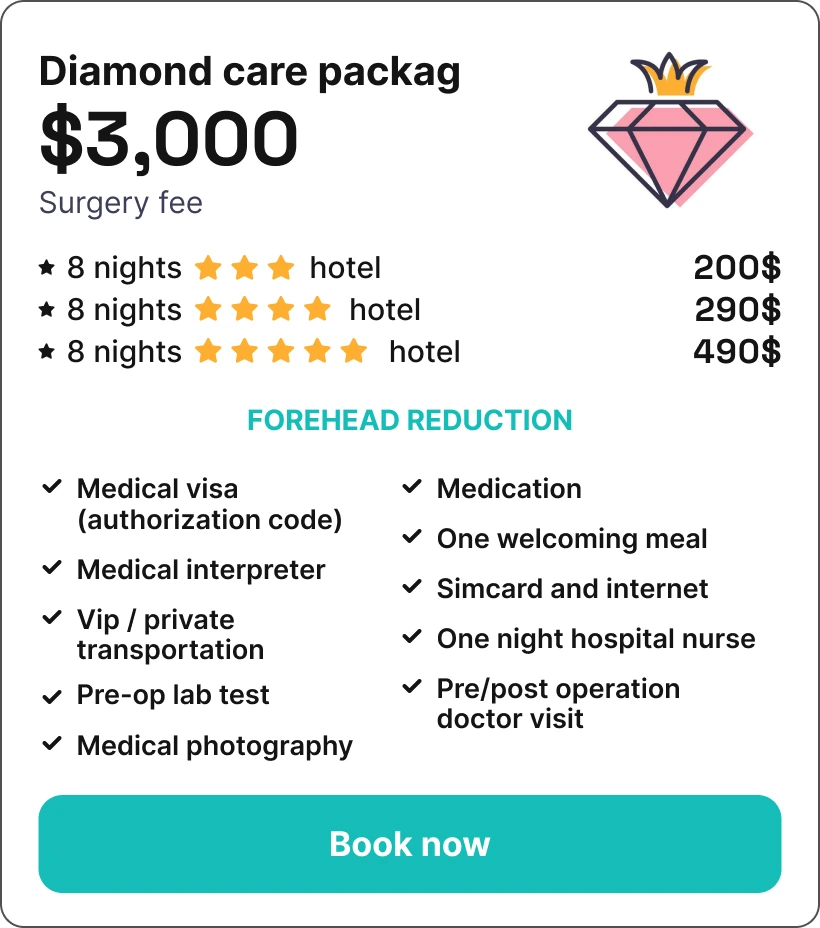
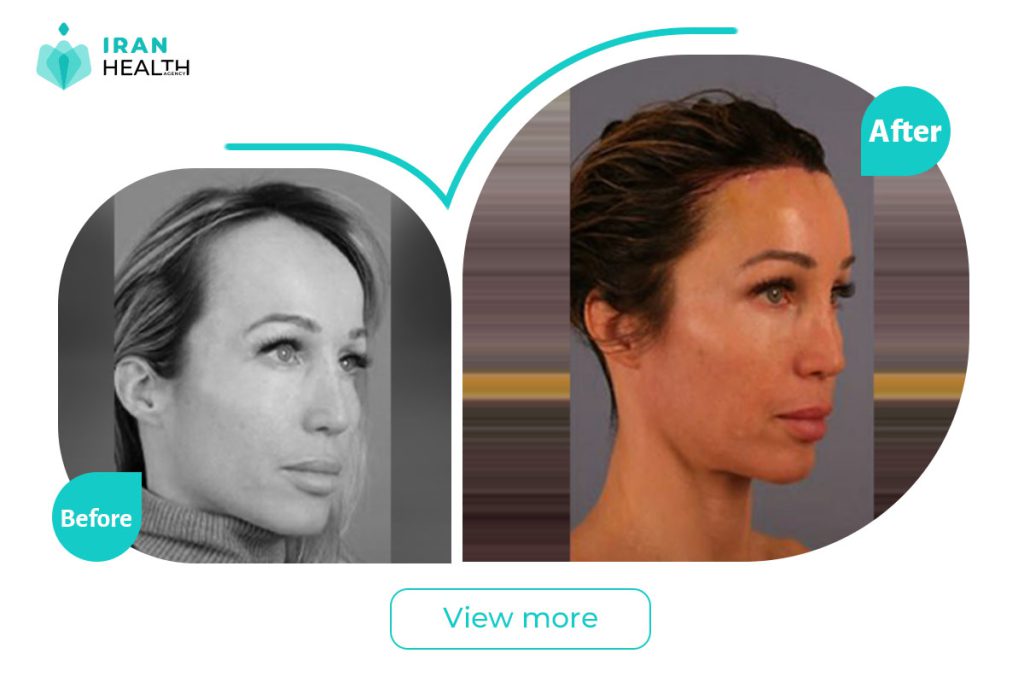



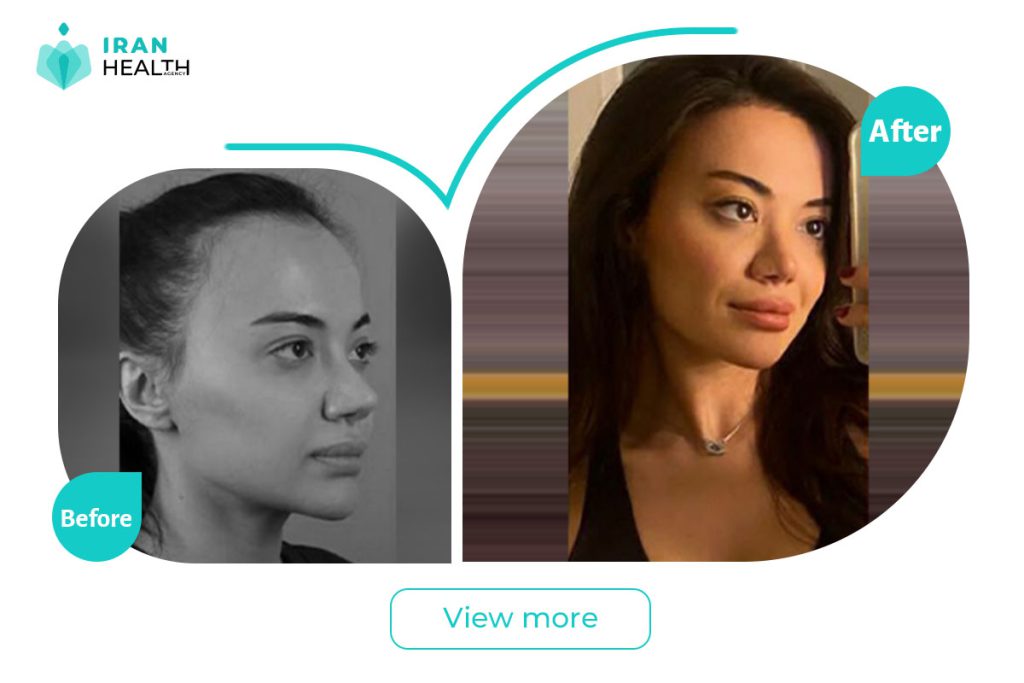
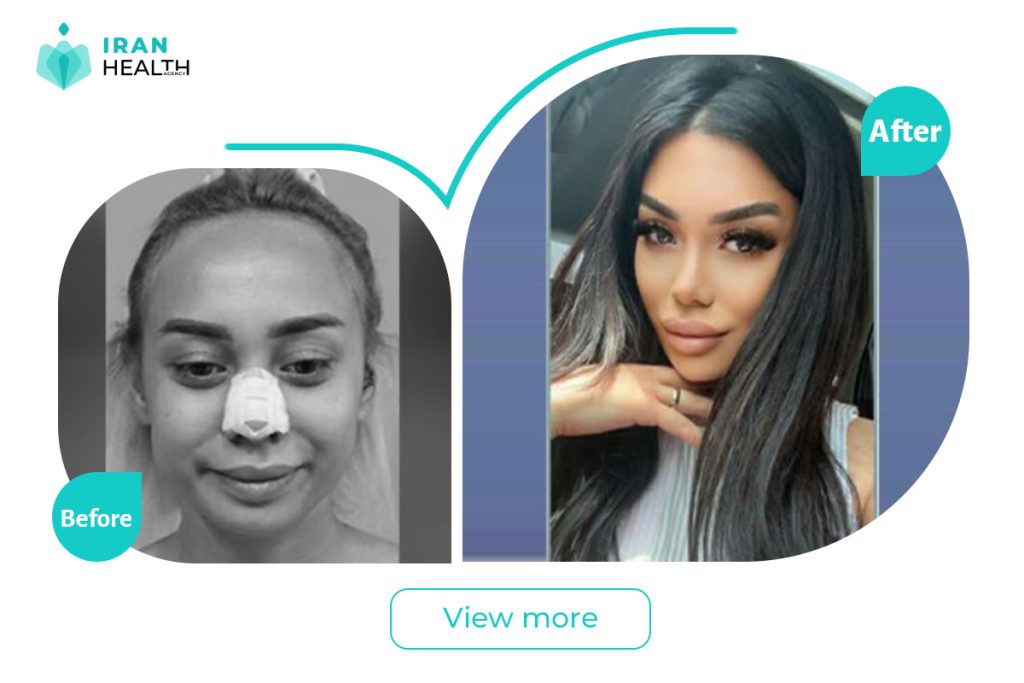
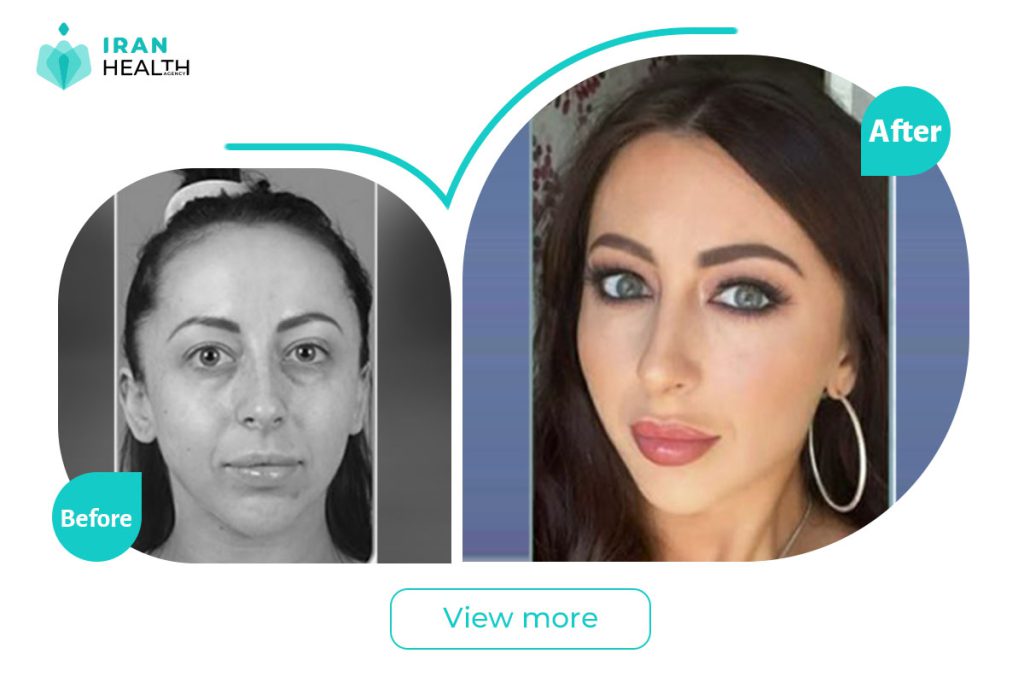
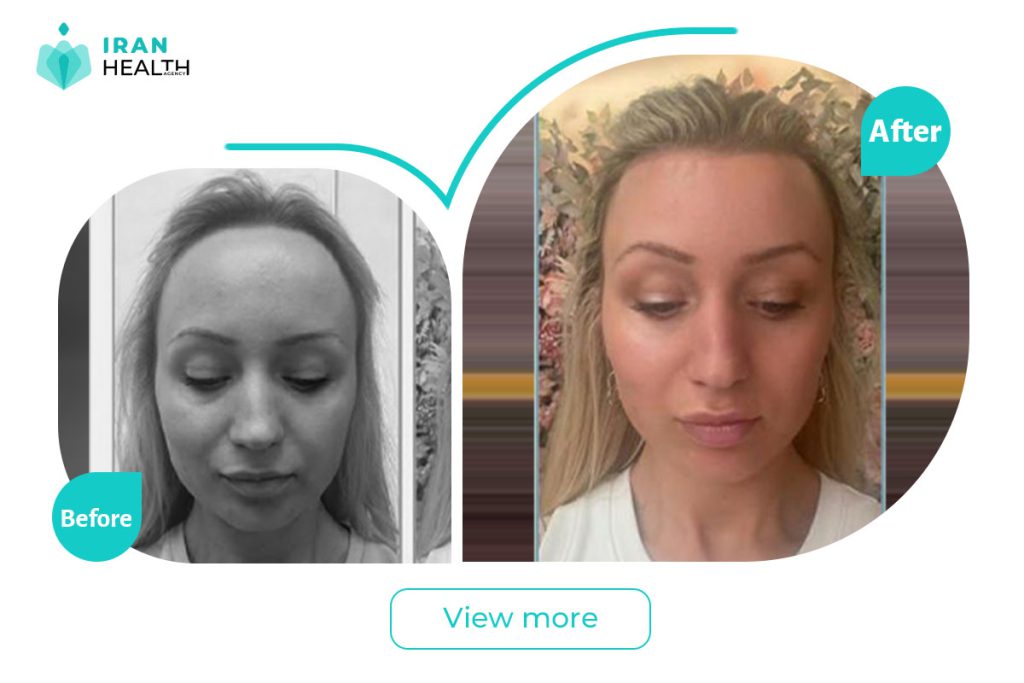
Can forehead reduction surgery help in reducing the visible signs of aging on the face? I am interested in knowing if this procedure can help improve the appearance of wrinkles, lines, and sagging skin on the forehead, and make the face look younger and more refreshed
Hey there! I was wondering if forehead reduction surgery could help with reducing the visible signs of aging on the face. I’m curious to know if this procedure can improve the appearance of wrinkles, lines, and sagging skin on the forehead, making the face look younger and more refreshed. Could you help me with this?
How long do the effects of chin implant or genioplasty last? Are there any factors that can affect the stability or durability of the chin surgery results?
In the case of chin implants or cosmetic surgery, how long is the effect of those procedures likely to last? In your opinion, are there any factors that might affect the outcome of chin surgery in terms of its stability or durability?
Can forehead reduction surgery help in reducing the visible signs of aging on the face?
I am interested in knowing if this procedure can help improve the appearance of wrinkles, lines, and sagging skin on the forehead, and make the face look younger and more refreshed
Thanks for stopping by! Would it be possible for you to help me out? I’m curious about forehead reduction surgery and whether it can reduce signs of aging on the face. Do you know if this procedure can make the face look younger and more refreshed by improving the appearance of wrinkles, lines, and sagging skin on the forehead? Thanks for your help! Furthermore, can forehead reduction surgery be an effective solution for reducing the appearance of crow’s feet, frown lines, and other signs of aging around the eyes?